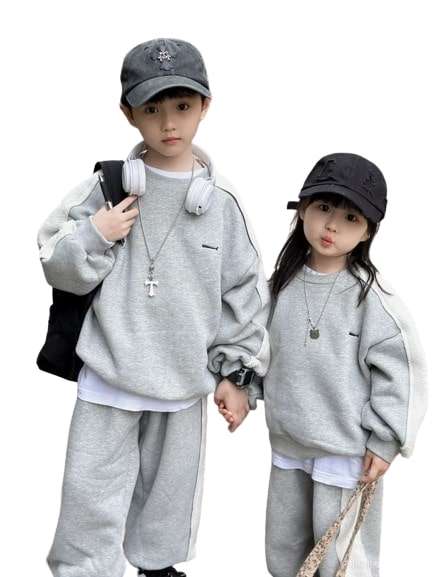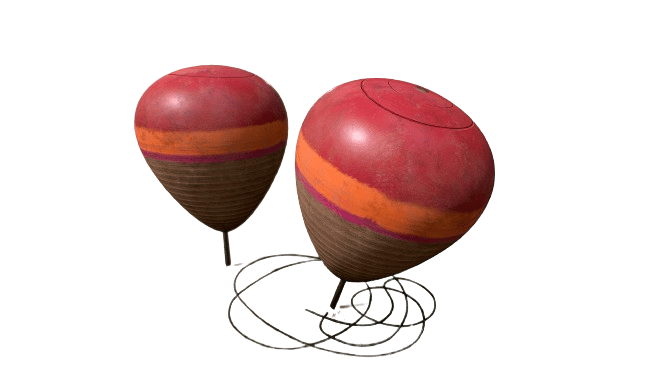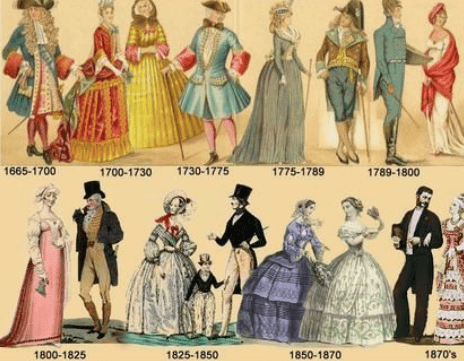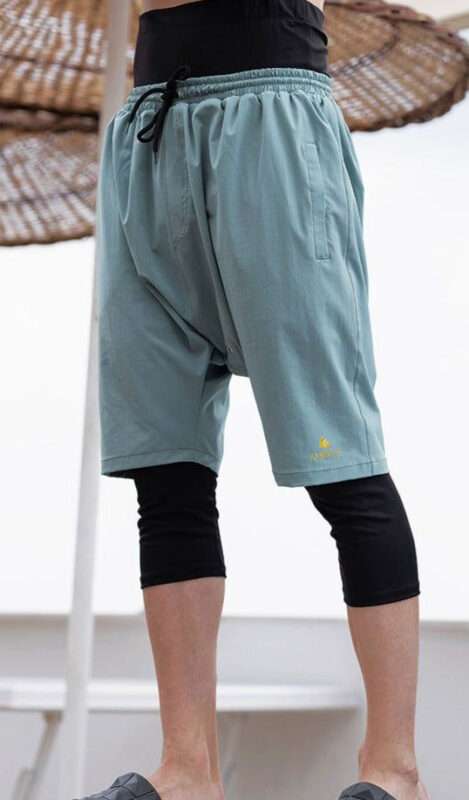The history of Western fashion is a fascinating journey that spans centuries, reflecting changes in culture, society, technology, and artistic expression. Here’s a brief overview:
- Ancient Times (up to 5th century AD):
- Ancient civilizations such as Egypt, Greece, and Rome had distinct clothing styles, often influenced by factors like climate, social status, and available materials.
- In ancient Greece, draped garments like the chiton and himation were common, while Romans favored draped togas and tunics.
- Medieval Period (5th to 15th century):
- The influence of feudalism and the Church were significant in shaping fashion during the Middle Ages.
- Nobility wore elaborate garments made of luxurious fabrics, while peasants wore simpler, practical clothing.
- The later Middle Ages saw the emergence of more fitted garments and the use of tailoring techniques.
- Renaissance (14th to 17th century):
- The Renaissance brought about a revival of classical art, culture, and fashion.
- Clothing became more elaborate and structured, with attention to detail and fine craftsmanship.
- Women’s fashion featured high-waisted gowns, corsets, and voluminous skirts, while men’s clothing included doublets, breeches, and ruffs.
- Baroque and Rococo (17th to 18th century):
- Fashion standards were influenced by technological advancements and social changes, resulting in changes to clothing styles.
- Women’s fashion saw the emergence of elaborate gowns with wide skirts, often adorned with lace, ribbons, and embroidery.
- Men’s fashion included suits with fitted coats, waistcoats, and breeches, often made of luxurious fabrics.
- Industrial Revolution (late 18th to 19th century):
- The Industrial Revolution brought significant changes to fashion with the mechanization of textile production.
- Mass production made clothing more affordable and accessible to a wider range of people.
- Technological advancements and social changes influenced the standardization of fashion and the evolution of clothing styles.
- Victorian Era (19th century):
- Strict social norms and elaborate fashion marked the Victorian era.
- Women’s fashion included voluminous skirts, corsets, and bustles, emphasizing a tiny waist.
- Men’s fashion featured tailored suits with frock coats or morning coats, along with accessories like top hats and cravats.
- 20th Century:
- The 20th century witnessed rapid changes in fashion due to globalization, technological advancements, and cultural shifts.
- Key movements included Art Deco, Flapper style of the 1920s, Hollywood glamour of the 1930s, utilitarian clothing during World War II, the New Look of the 1950s, Counterculture movements of the 1960s and 70s, and the eclectic styles of the 1980s and 90s.
- 21st Century:
- A mix of retro revivals, fast fashion, sustainability movements, and digital influences has characterized the 21st century.
- Globalization and the rise of social media have accelerated the pace of fashion trends, leading to a more diverse and eclectic fashion landscape.
Throughout history, Western fashion has been a reflection of society, culture, and individual expression, constantly evolving and adapting to the changing times.





























